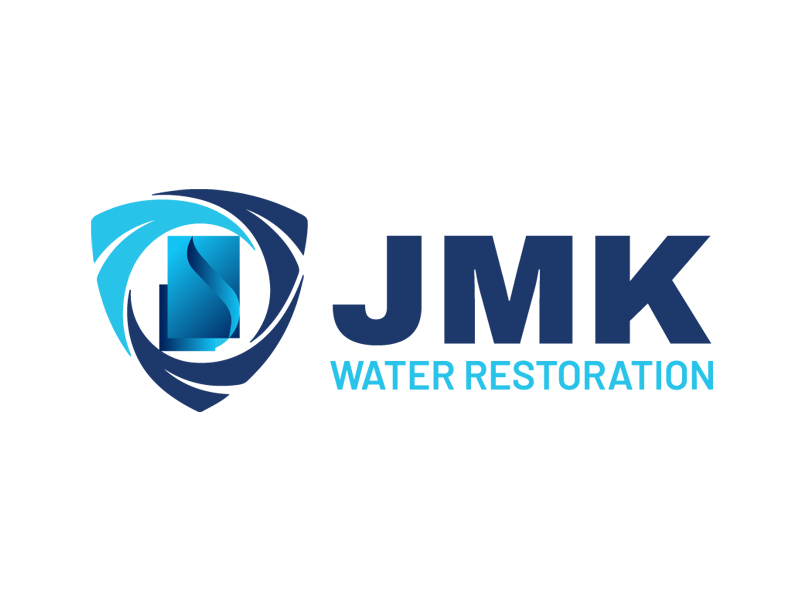Demystifying The Mold Remediation Process: Your Complete Guide

Are you dealing with mold in your home or business? Do you feel overwhelmed and unsure of what to do next? Don’t worry; demystifying the mold remediation process is easier than you think.
In this complete guide, we will walk you through each step of the process so that you can take control of the situation.
The general mold remediation process should include the following four steps:
- Inspection and mold damage assessment
- Mold containment and removal
- Cleaning and disinfection
- Post-remediation verification
In this guide, our mold removal specialists at JMK Restoration will help you navigate each step of the mold remediation process and get you on your way to creating a healthy environment for yourself and those around you. Have questions or need help? Contact us today.
Step 1: Identifying the Scope of the Problem
Assessing mold contamination involves identifying the source of moisture and determining where and how far it has spread. Sampling methods such as air sampling and surface sampling can identify mold spores and determine their concentration levels.
It’s important to note that not all visible mold indicates a severe problem. Sometimes, what appears to be mold may just be discoloration caused by dirt or other factors. However, if you suspect a moderate to severe mold problem, it’s best to call a professional for an assessment and remediation plan.
Step 2: Containment and Removal
Setting up containment measures is crucial in preventing mold spores from spreading to other areas of your home or business. This involves setting up barriers and negative air pressure systems to isolate the affected area.
Removing affected materials should be done carefully, using personal protective equipment and specialized tools to avoid further spreading of mold spores. Disposing of contaminated materials also requires careful handling and proper disposal methods, as improperly disposed items can lead to further contamination and health hazards.
Step 3: Cleaning and Disinfecting
When it comes to cleaning and disinfecting, using appropriate products is crucial. You must ensure that the products you use are effective against mold and safe for your health.
Additionally, ensuring effective disinfection is important in preventing future mold growth. This means thoroughly cleaning all affected areas and using a disinfectant that can kill any remaining spores.
Finally, preventing future mold growth is essential in maintaining a healthy environment. This includes fixing any moisture issues and regularly inspecting for signs of mold growth.
Step 4: Post-Remediation Verification
Conducting a final inspection is crucial to ensure the mold remediation process is successful. During this step, you’ll visually inspect all areas affected by mold growth and test the air quality to ensure it’s safe for occupancy.
Certification and documentation are also important aspects of post-remediation verification, as they prove that proper procedures were followed. They can be used in case of future concerns or legal issues.
Lastly, ensuring long-term mold prevention involves identifying and addressing the root cause of mold growth.
It also involves implementing preventive measures such as proper ventilation and humidity control. Scheduling regular inspections to catch potential issues before they become major problems is also important.
Three Strategies for Long-Term Mold Prevention
Keeping your environment free of mold is essential for a healthy and comfortable living space.
Here are three key strategies you can use to prevent mold from rearing it’s ugly head again.
- Control humidity: One of the most important steps to maintaining a mold-free environment is preventing moisture from collecting in your home. Ensure that all leaks are fixed immediately, and use dehumidifiers or air conditioners to keep the humidity level below 60%.
- Ensure proper air ventilation: Additionally, make sure your home has proper ventilation solutions. This can include opening windows when possible, using exhaust fans in bathrooms and kitchens, and ensuring that air ducts are clean and functioning properly.
- Regular cleaning: Regular cleaning is also crucial in preventing mold growth. Be sure to wash dishes promptly, wipe down surfaces regularly, and vacuum carpets frequently. Pay special attention to areas with high moisture levels, such as bathrooms or laundry rooms.
If you notice any signs of mold growth, take immediate action by cleaning the area thoroughly or calling in a professional remediation service. By staying vigilant about moisture prevention and regular cleaning, you can maintain a healthy and mold-free environment for yourself and your loved ones.
Clear the Air. Call JMK Restoration for Mold Remediation Today.
By now, you understand that mold is not just a cosmetic issue but a serious health hazard that requires prompt action. Remember to always seek professional help from a mold remediation company to remediate mold in your home or office. DIY solutions could potentially spread mold spores around your property, making the problem worse.
Just like how a stitch in time saves nine, taking care of your property today can prevent mold from growing tomorrow. So go ahead and take charge of your surroundings — contact our mold removal specialists at JMK Restoration today.
